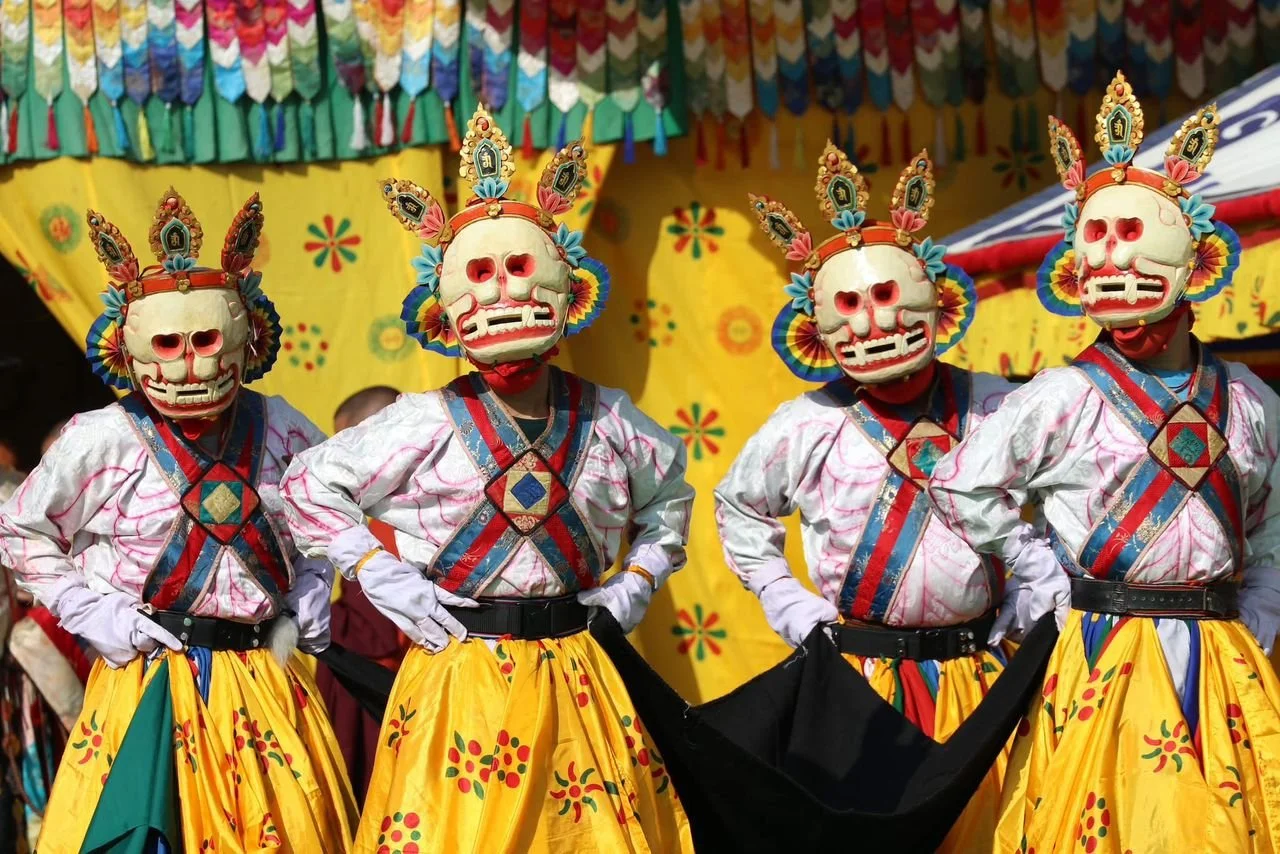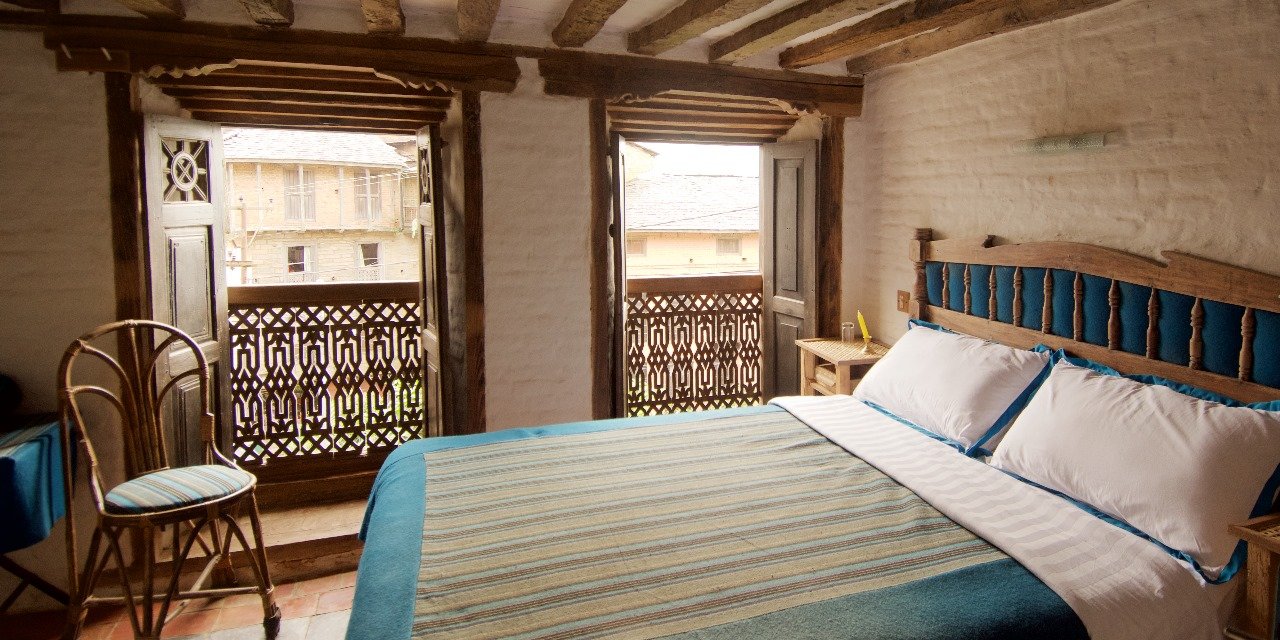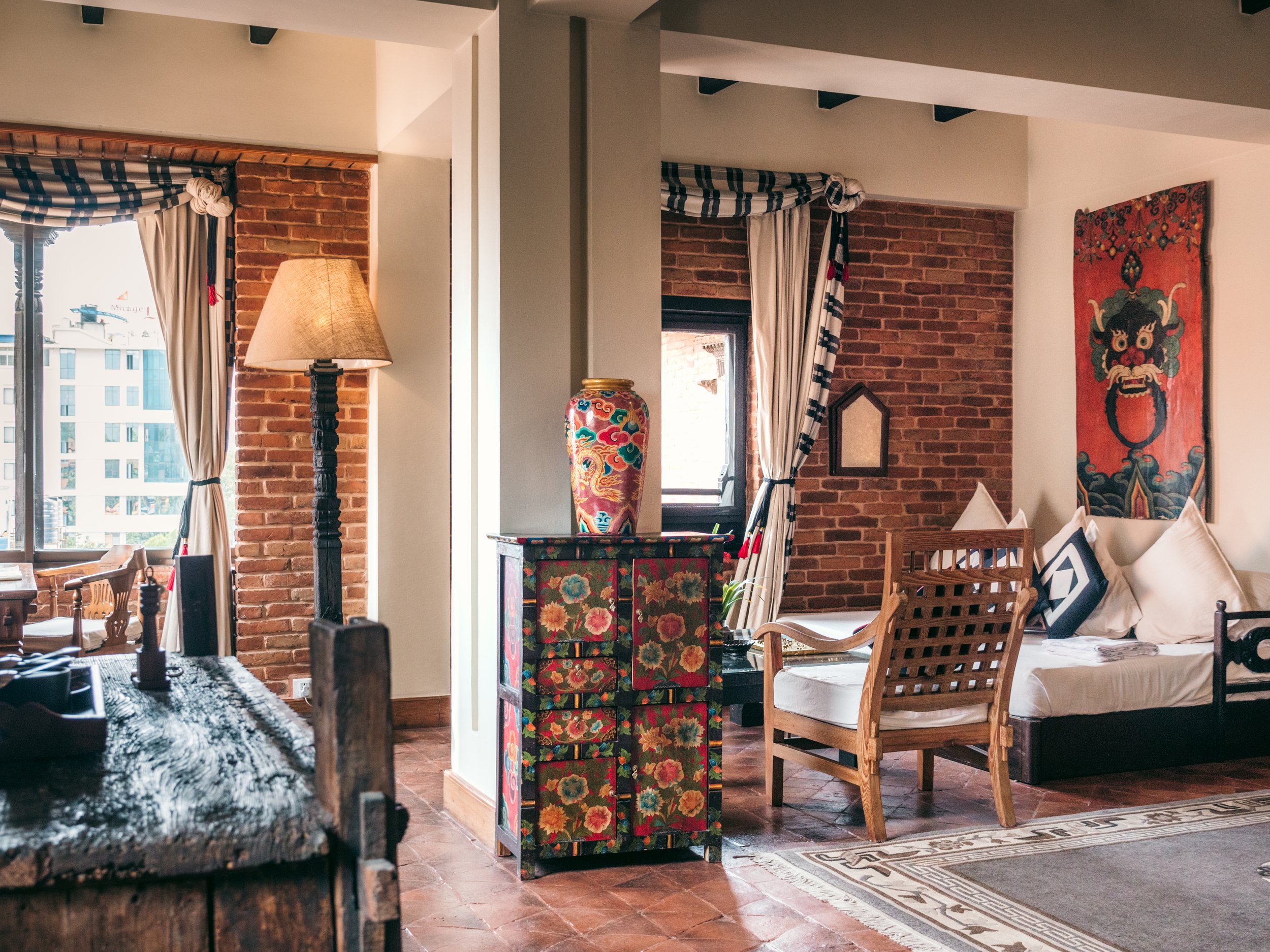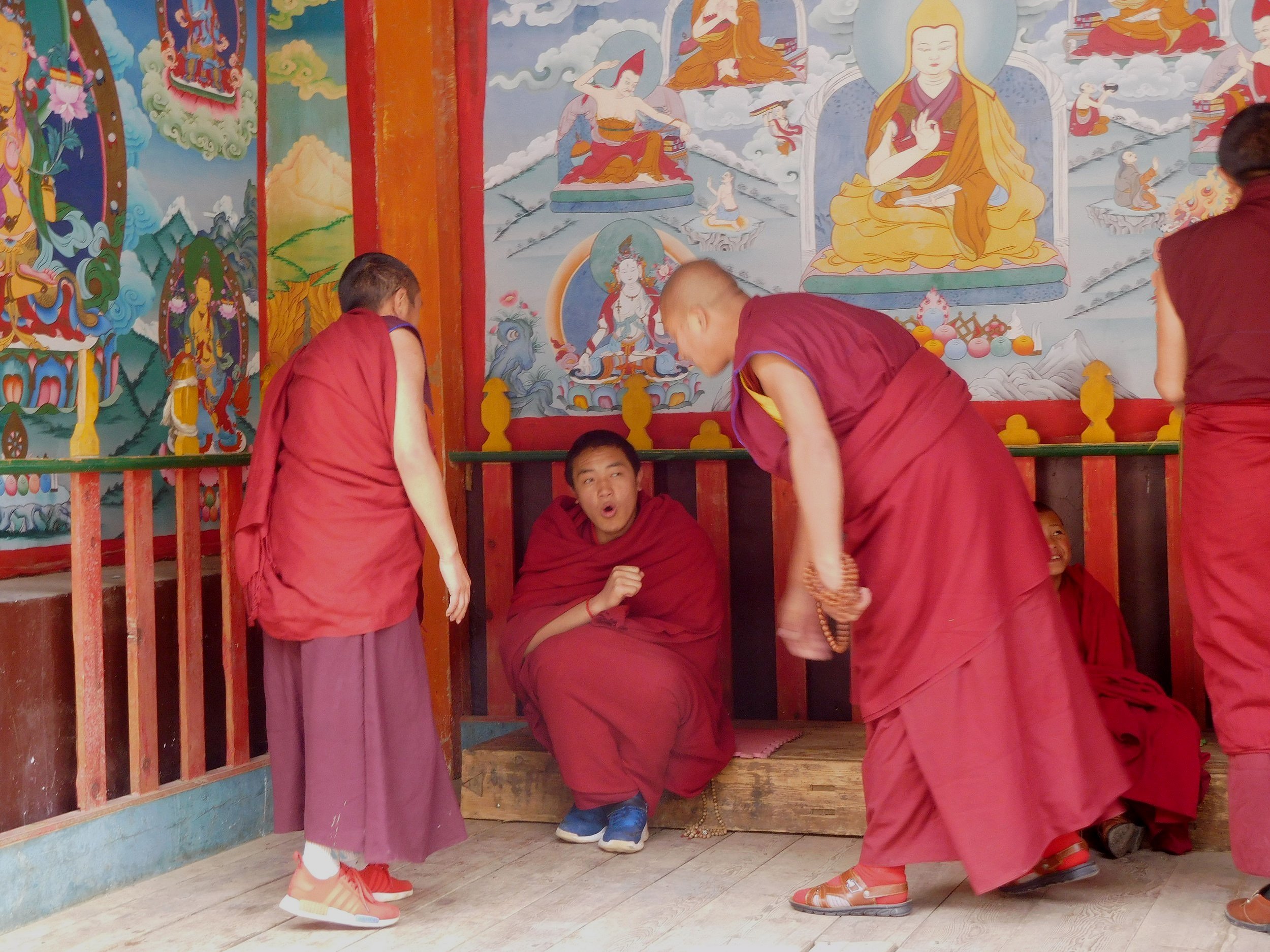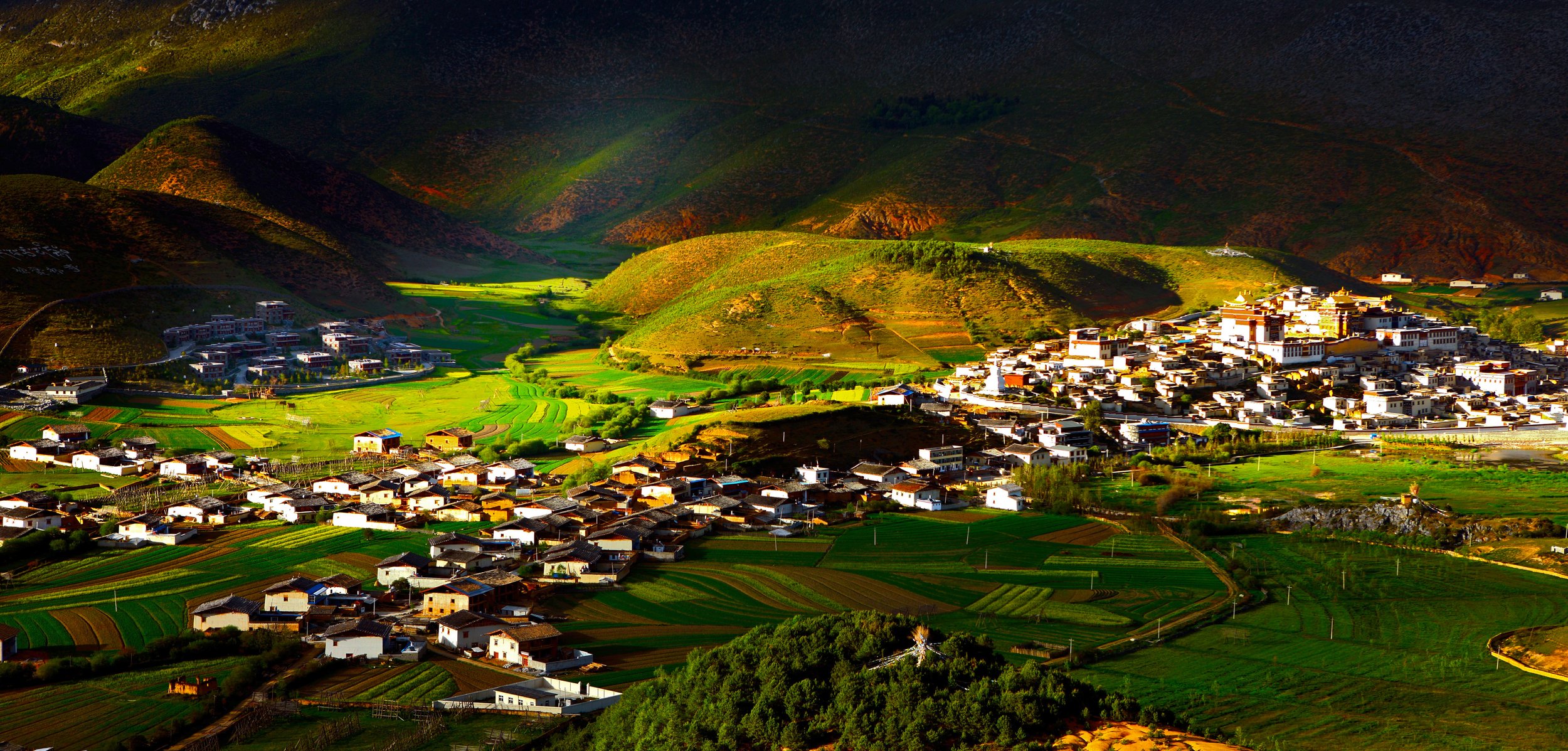People often tell us that they want to experience the “real” rural Nepal, but when faced with the realities of life in off the beaten track villages, they want to get straight in a taxi and back to their Kathmandu hotel! Of course, experiencing a vastly different and often challenging way of life in Nepali villages can be incredibly valuable and eye-opening, but we believe that small-scale high quality tourism can contribute to sustainable rural development. The accommodation options that we have discovered in rural Nepal are real gems, providing excellent food, hospitality and comfort whilst aiding village economies through employment and the other benefits of a small-scale tourism industry.
Kathmandu, Pokhara and the better known trekking areas have long reaped the benefits of foreign tourists, but with these areas becoming overcrowded and sometimes polluted, we see an urgency to direct tourism into other parts of Nepal. Due to a lack of jobs in rural areas, people leave their villages in search of work in the cities, contributing to a downward spiral of rural depopulation that is currently causing shutdowns of schools and other facilities in rural villages. Any way that people can be employed in their own home villages will help negate this pattern, keeping small village economies thriving.
The properties we have found in Bandipur, Nuwakot and Namo Buddha all employ local people, allowing them to remain in their homes with their families rather than being forced to move to the overcrowded cities to find work. Even for locals who aren’t employed as waiters, receptionists or cleaners, tourism brings new foot traffic to shops, restaurants and other small businesses in villages.
Environmental sustainability is extremely important to us, and we ensure that our guests have the opportunity to learn how measures are being taken to improve the environment in rural Nepal. The places we use feature organic farming, composting systems and one hotel even has a natural biogas production system that powers their kitchen. At the properties we have found, you can enjoy delicious meals prepared using fresh vegetables from the garden, jams made with their own fruits and even French cheese made in a local dairy in one location!
We truly believe in encouraging guests to experience the off the beaten track rural Nepal, and the places we have selected allow anyone to do so in complete comfort. Avoiding the crowds is crucial to truly experience the peace and serenity of the Nepali countryside, and these places allow that whilst not being off the beaten track enough to lack running water or flushing toilets! It is fantastic that initiatives have been taken to encourage a different, more sustainable, approach to tourism in Nepal, and we are excited to support these places in their endeavours to support economic development in rural Nepal.
Our Discover Nepal journeys are also perfect for anyone who wants to experience rural Nepal without going on a trek, or want to add on a few nights of peace and quiet after the hustle and bustle of Kathmandu and Pokhara. Or, add a few nights in Nepal to your Bhutan tour and experience a different side of Nepal than just Kathmandu city. Participants on our new Visit The Projects journey also get to stay in these excellent places whilst gaining a real insight into our work to improve early years education in the company of our directors. We at Beyond The Clouds are always available to help you plan your perfect trip to the rural Himalayas!


